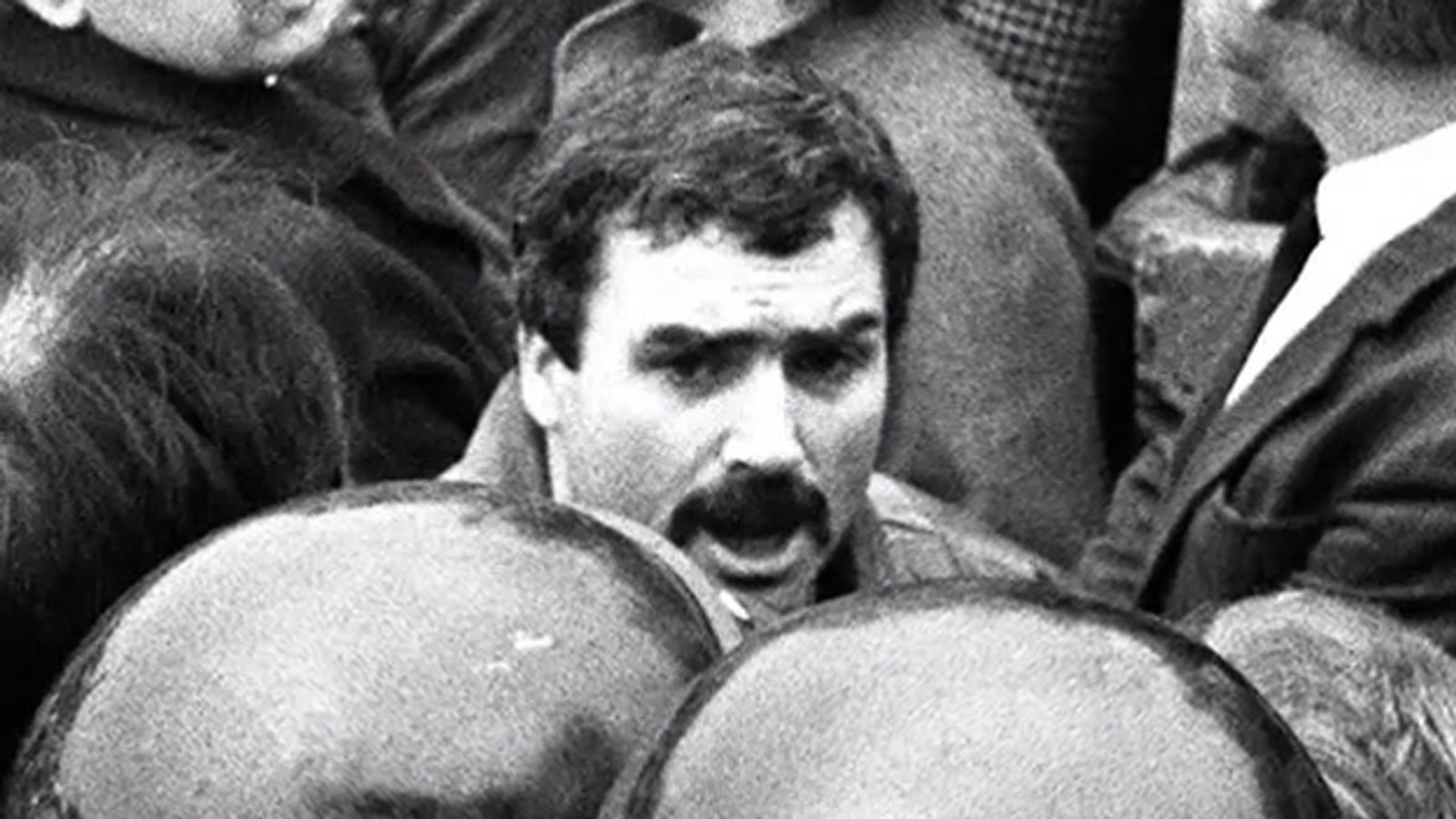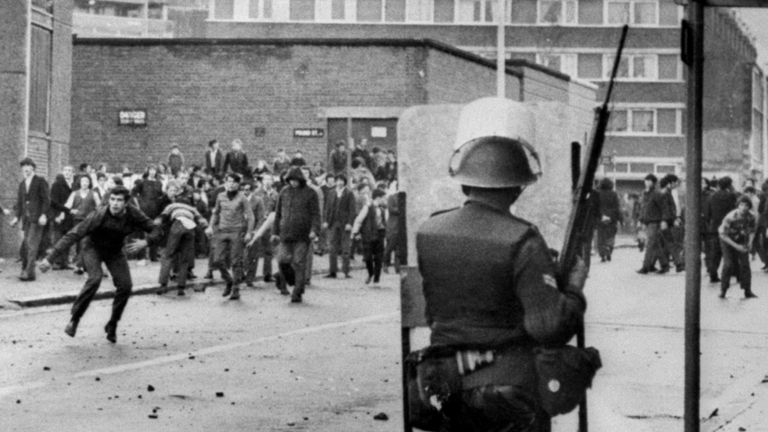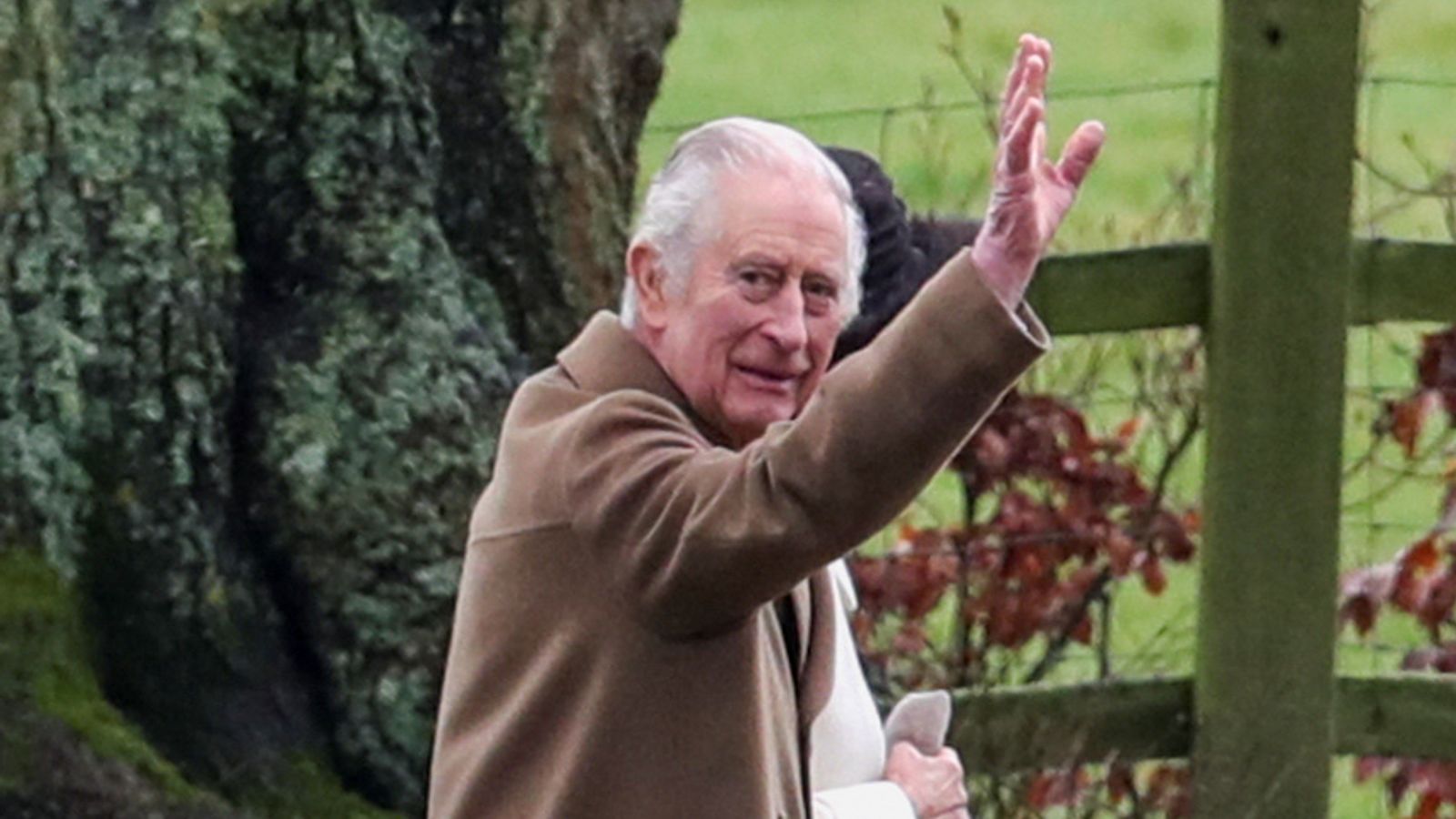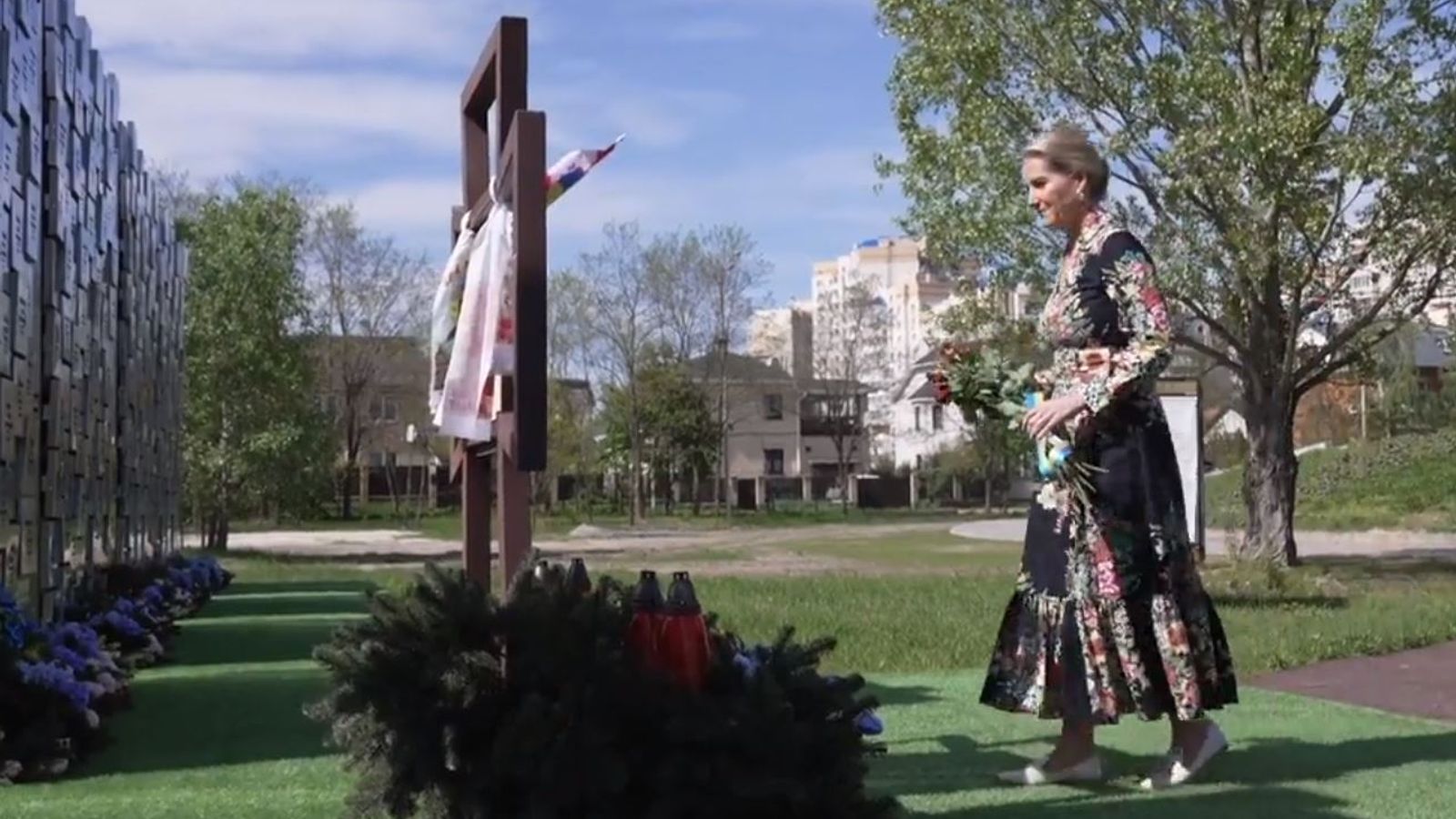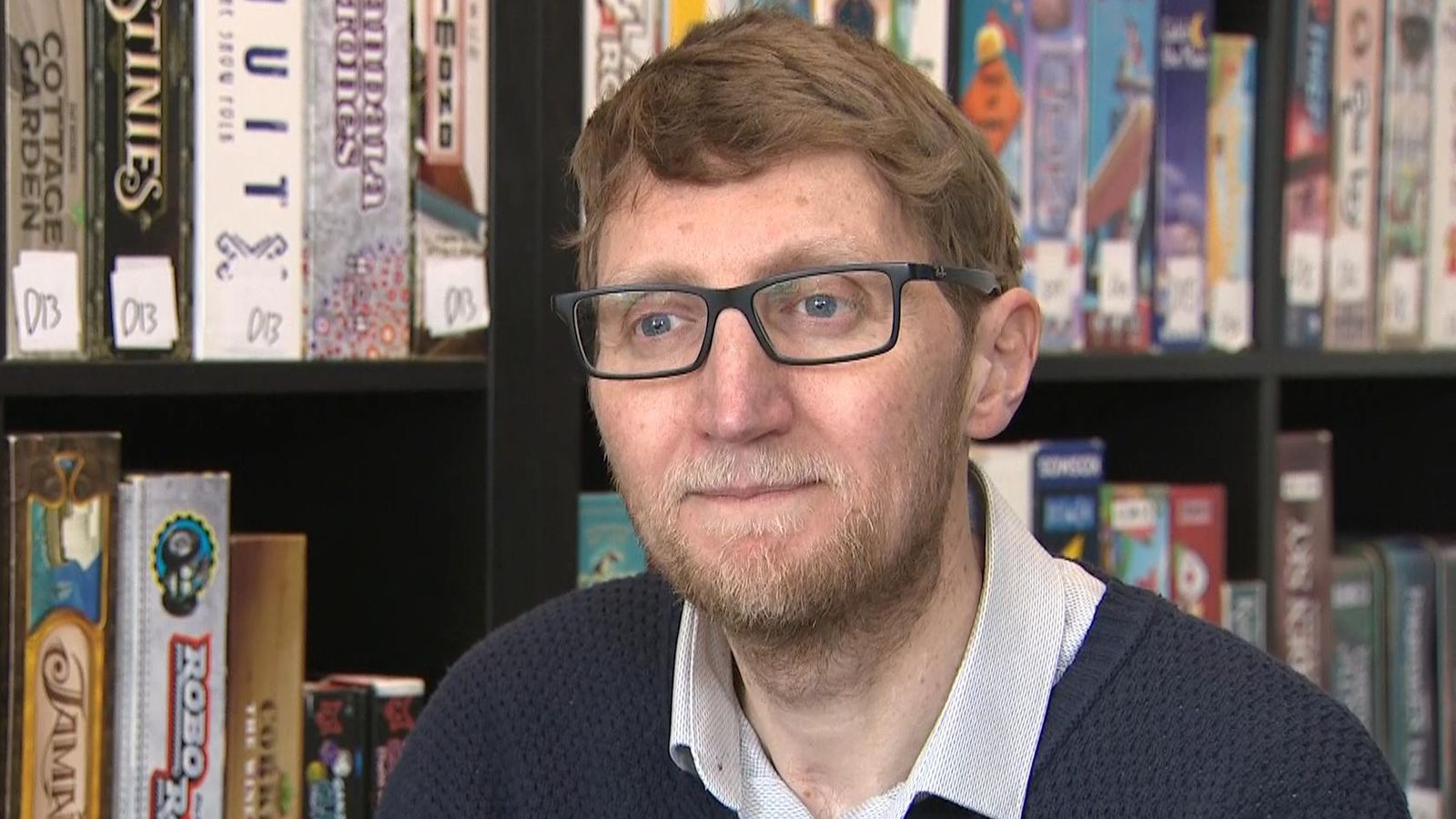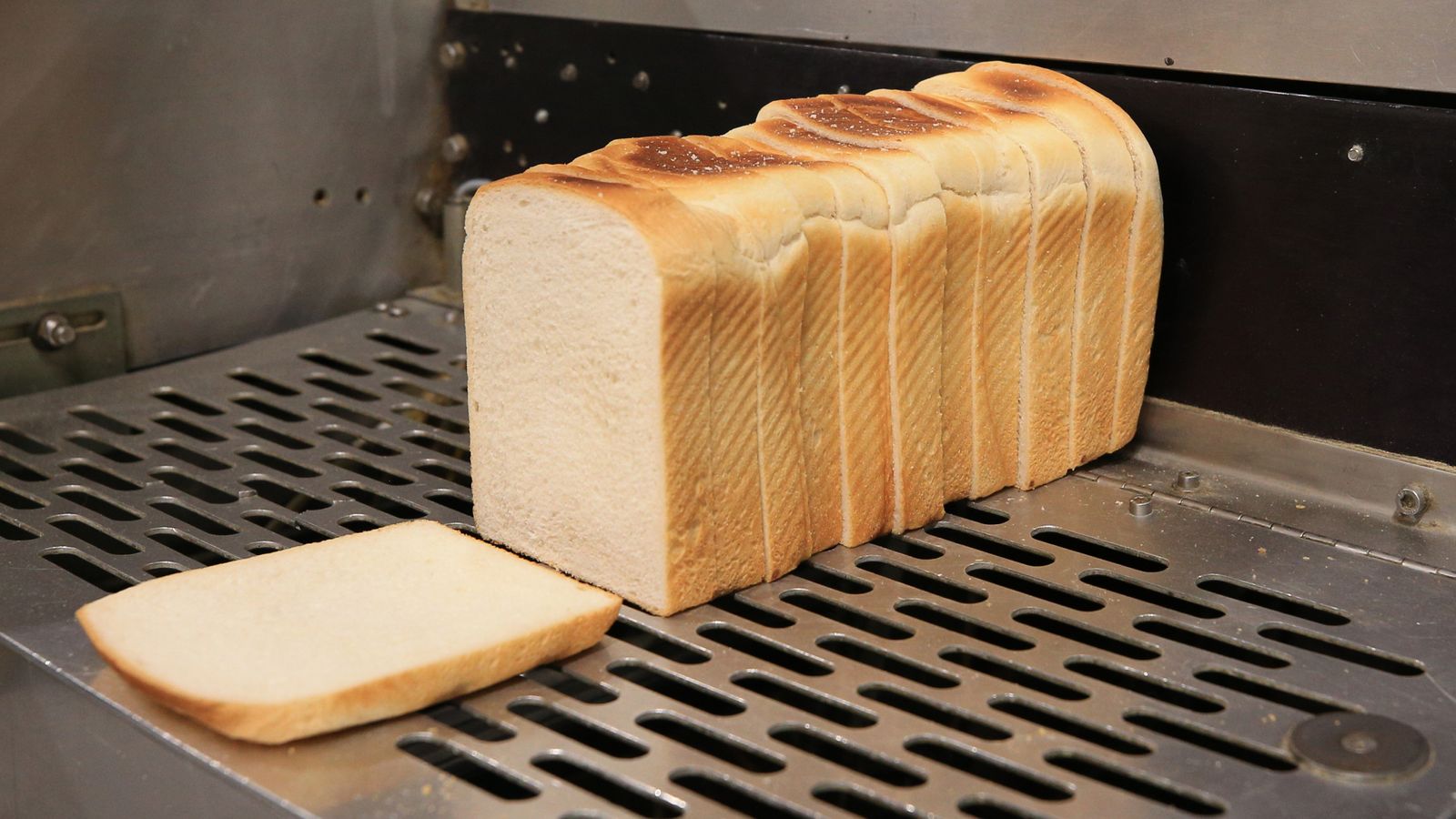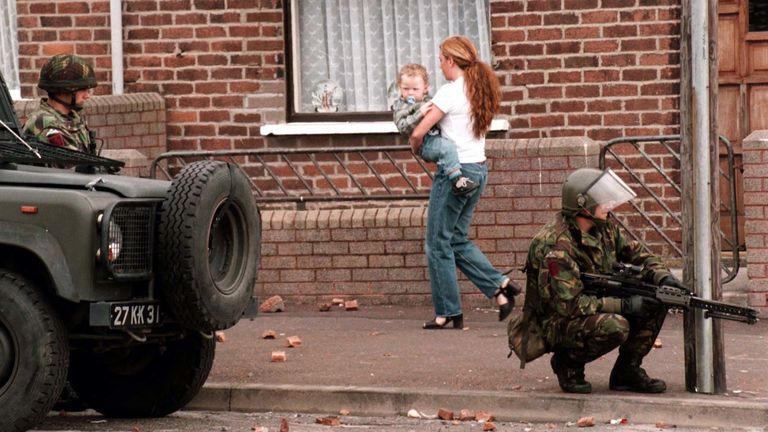
A report into the top British mole inside the IRA has concluded that his actions probably resulted in “more lives being lost than saved”.
Freddie Scappaticci, codenamed ‘Stakeknife’, headed the IRA‘s “nutting squad”, a unit tasked with identifying informants, but was himself operating as a spy for British intelligence.
“Victims were not protected and terrorists were not subjected to criminal justice,” according to the findings of a seven-year probe.
A former defence chief once branded Scappaticci “the goose that laid the golden eggs” and claimed his actions had saved hundreds of lives.
But an independent investigation has found those claims to be “inherently implausible… a comparison rooted in fables and fairy tales.”
The report calls on the UK government to acknowledge that many murders were preventable and to apologise to bereaved families.
But the most damning words in the 200-page document relate to “the most shameful and evil” actions of the Provisional IRA.
Read more:
Man accused of being British Army’s top IRA informer ‘Stakeknife’ dies
Suspected ‘Stakeknife’ informer admits extreme porn charges
Why the Good Friday Agreement remains a transformative moment in history
“It was PIRA that committed the brutal acts of torture and murder, each evil act being the epitome of cowardice,” it states.
It claims senior republicans condoned “and still condone” those activities and calls on them to accept wrongdoing and to apologise.
The report also recommends that the longest day, 21 June, be designated as a day to remember those killed or injured during the troubles.
Who was Stakeknife?
Freddie Scappaticci, the son of Italian parents, grew up in Belfast and had trials with Manchester City and Nottingham Forest.
He joined the IRA in the 1970s and was linked to 18 murders, but died last year, aged 77, having never faced trial for any of them.
Briefly interred without trial, he was recruited by the army’s Force Research Unit, which ran informants, and was its most valued asset.
He exemplified “the dirty war” between British intelligence agencies and the IRA – a world of espionage and turning a blind eye to murder.
‘Judge, jury and executioner’
Described as “judge, jury and executioner” of the IRA unit hunting informants within, some estimate he directed up to 30 murders.
His activities became the focus of Operation Kenova, a £40m investigation, launched by Jon Boutcher, former chief constable of Bedfordshire in 2016.
Mr Boutcher was appointed chief constable in Northern Ireland last year and passed the Kenova baton to Sir Iain Livingstone, former chief constable of Police Scotland.
Operation Kenova submitted 28 files for consideration, but the Public Prosecution Service (PPS) found there was insufficient evidence to prosecute any former IRA member or soldier.
The PPS said 32 people were considered for prosecution across a range of charges, from murder and abduction to misconduct in public office and perjury.
Sixteen were former IRA members, 12 were retired military personnel, two had links to MI5, one was a former police officer and another was a former prosecutor.

